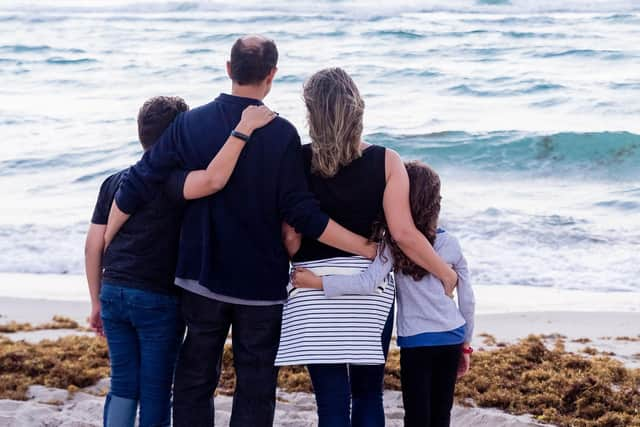People are living longer in Armagh, Banbridge and Craigavon areas
and live on Freeview channel 276
The average life expectancy at birth for males living in the borough in 2019-2021 was 79.1 while for females the average life expectancy is 83.0 years.
The analysis is based on the latest official death certificates, which include deaths registered up to 2021 and does not reflect deaths occurring in the past 12 months.
Advertisement
Hide AdAdvertisement
Hide AdAcross Northern Ireland, the average life expectancy in this time period was 78.4 years for males and 82.2 for females. Since 1980-82 life expectancy has increased by 6.7 years for females and 9.2 years for males, however according to the report, “in recent years life expectancy growth has stalled for both males and females”.


Life expectancy refers to the number of years a person would expect to live if the current mortality patterns remain constant.
In order to show the true extent of the impact of Covid-19 deaths on life expectancy, an assessment of single-year life expectancy estimates were produced comparing 2021 with 2019.
For males across Northern Ireland, life expectancy decreased by 0.9 years from 79 in 2019 to 78.1 in 2021 and this, the release claims, was “due to increased mortality rates among 40+ year olds”.
Advertisement
Hide AdAdvertisement
Hide AdThose aged 60-89 years accounted for two thirds of the life expectancy decrease in 2021. This was largely attributable to deaths due to Covid-19 which accounted for over four-fifths of the contribution from this age group.
Covid-19 mortality is said to have accounted for the majority of the decrease in male life expectancy (-1.2 years) but this reduction was offset by several conditions, including respiratory diseases (0.2 years).
Females also saw a decrease in their life expectancy as a result of Covid-19 during this time period. Female life expectancy decreased by 0.8 years from 82.8 in 2019 to 82 in 2021. This decrease was primarily due to increased mortality in those aged 60+.
Those aged 60-79 had the largest contribution to the decrease in life expectancy with the majority of this increase in mortality accounted for by deaths due to Covid-19.
Advertisement
Hide AdAdvertisement
Hide AdCovid-19 mortality accounted for the majority of the decrease in female life expectancy (-0.9 years).
With females in Northern Ireland living 3.8 years longer on average in 2019-21 than their male counterparts, the report notes that higher mortality amongst males, as a result of circulatory disease and cancer, contributed 4.3 years to the gender gap in life expectancy.
Between 2015-17 and 2019-21 the gap in life expectancy between the most deprived and least deprived areas has shown no significant change.
For males in 2015-17 life expectancy in the most deprived areas was 74.2 years compared with 73.9 years in 2019-21. Life expectancy in the least deprived areas was 81.2 years in 2019-21 compared with 81.3 years in 2015-17.
Advertisement
Hide AdAdvertisement
Hide AdFemale life expectancy in the least deprived areas was 84.2 years in 2019-21 compared with 84.1 years in 2015-17. In the most deprived areas life expectancy was 79.1 years in 2019-21 compared with 79.6 years in 2015-17.
